
May 2015
The Genius of Verona - Part 1
By Paul Harvey
In fair Verona, we lay our scene... Shakespeare
Some 400 years ago the Bard of Avon
penned his tragic play, Romeo and Juliet, and chose the city of
John was born in
Although the details are unclear, Kowalsky apparently
joined the firm of Force and Briggs of Pittsburgh, while residing in
Allegheny. Their literature states that they manufactured two and four
horsepower engines as well as supplying New Era and Nash engines for
larger power needs. Indeed, their small engines were the Kowalsky
design. Frederick Force and John Briggs maintained a large supply house
on
Photo 3 shows a Pittsburg Exposition of
1901 featuring Kowalsky engines; these must have been built at Force
and Briggs, as that is earlier than his
The Verona Historical Society has an excellent article
on its website about its most famous citizen, John Kowalsky. It states
that John opened his first shop in 1902 as the John Kowalsky Motor
Works. This was located on
An interesting catalog page, Photo 6, dated 1905 details the four-cycle engine as well as the combination engine and pump option. These were built in 2 hp and 4 hp models. Note the Briggs name. At the same time, the firm was advertising its "Simplex" two-cycle marine engine. See Photo 7. This engine, installed in a launch, could be purchased for $175.00 complete and ready for the river! Advertisements two years later featured a two-cycle stationary engine as noted in Photo 8. The firm's marine engine manufacturing flourished and this 20 horsepower, twin-cylinder model was available in 1908. See Photo 9. Another example of the marine engine is seen in Photo 10. Note the ignition coil, switch, and batteries supplied with the engine. Advertisements and references suggest that four-, six- and eight-cylinder, two-cycle engines were built for marine use, but sadly, no photos are available.
Kowalsky engines are rare today and there is no record indicating the total number built. Photo 11 shows a beautifully restored early marine engine in a private collection. Outstanding workmanship is displayed in the combination brass ignitor and water pump assembly. Photo 12, from an old advertisement, shows a similar engine. This fine example of the two-cycle stationary engine is in another private collection. Note Photo 13. These were built from one to ten horsepower and well adapted for all belt power needs.
Fair

Photo 1: Kowalsky's factory in Verona, Pennsylvania, today
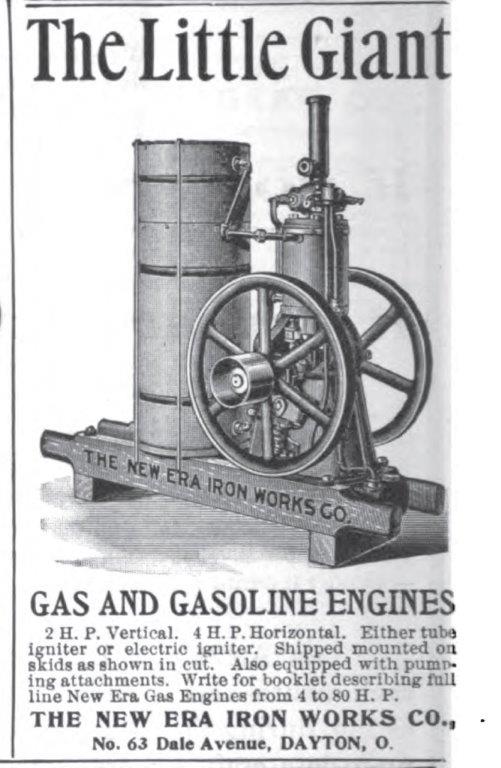
Photo 2: Ad for Kowalsky engine labeled as a New
Era
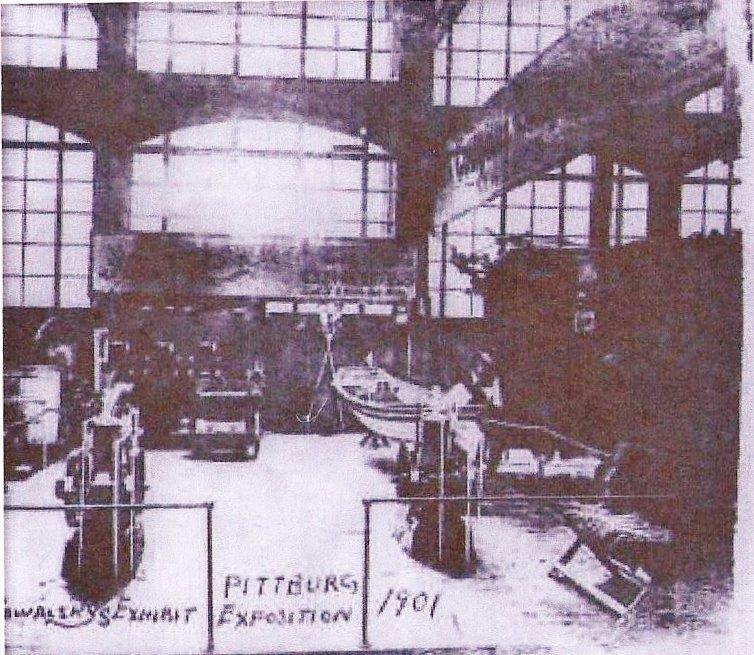
Photo 3: Pittsburg Exposition of 1901 with Kowalsky engines - Pittsburgh was spelled without the "h" between 1891 and 1911
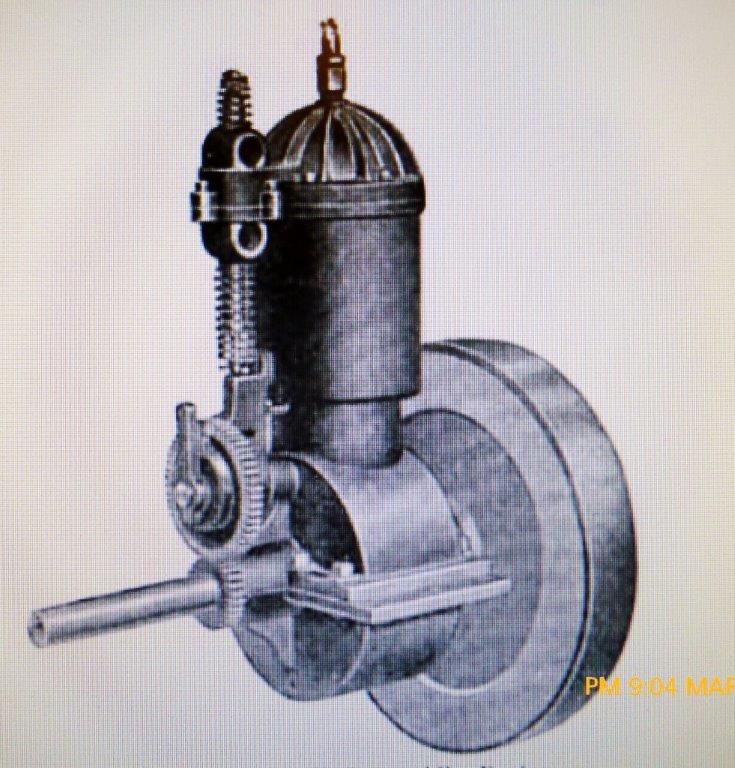
Photo 4: Kowalsky light automotive engine

Photo 5: Pittsburg Exposition with Briggs engine display in the background
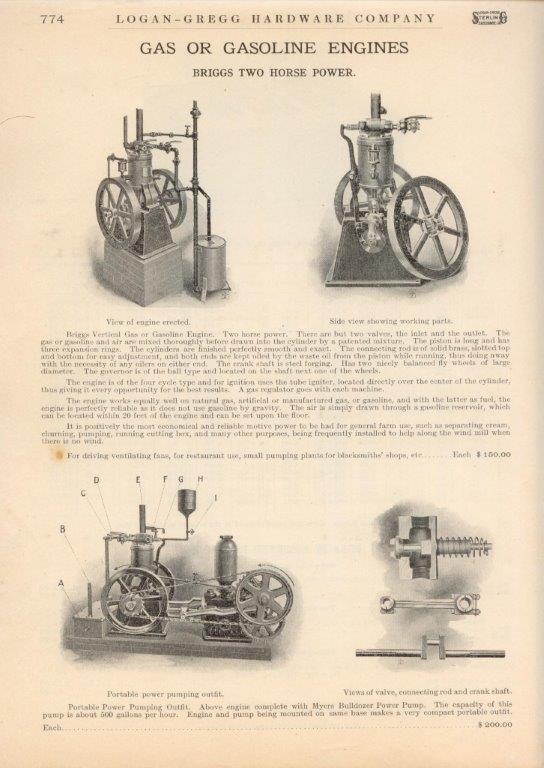
Photo 6: Catalog page dated to 1905 with Briggs engines
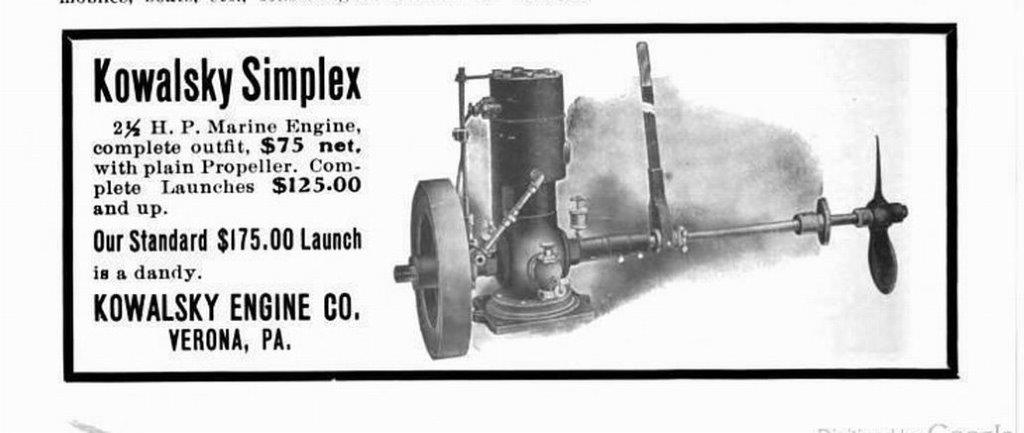
Photo 7: Simplex two-cycle marine engine
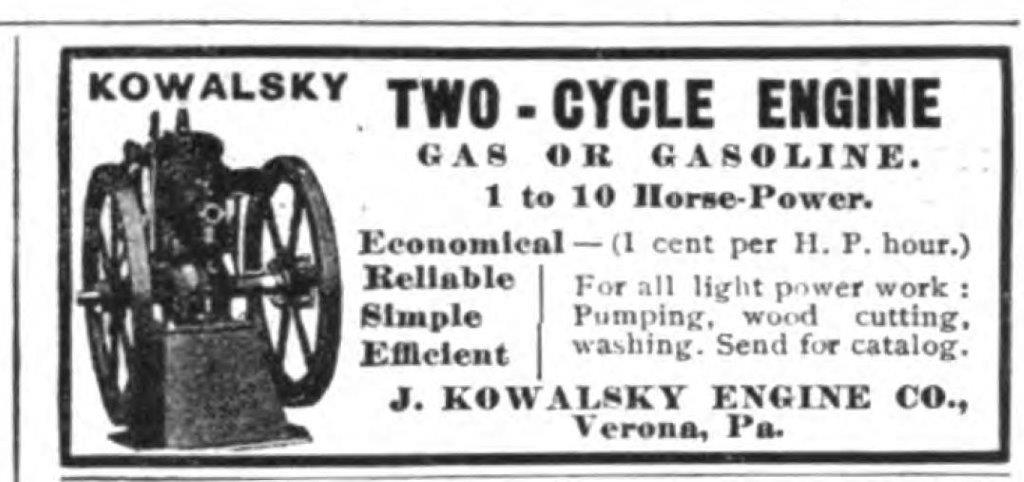
Photo 8: Two-cycle stationary engine
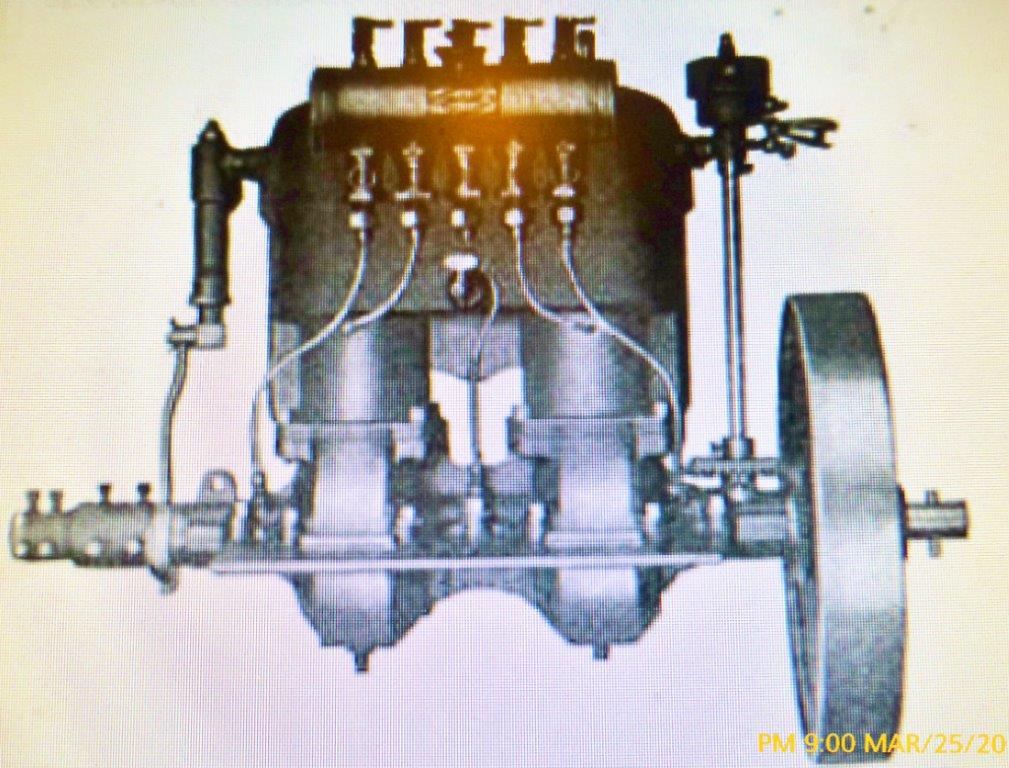
Photo 9: 20 hp two-cylinder marine engine
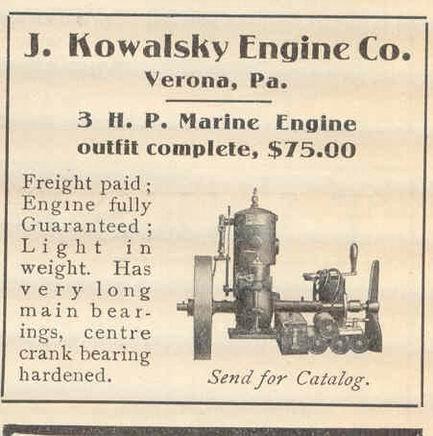
Photo 10: Kowalsky marine engine
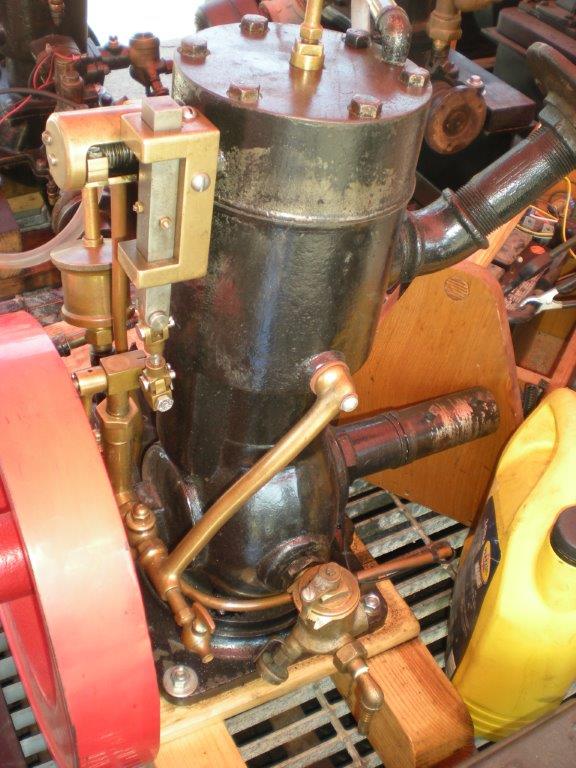
Photo 11: Early Kowalsky marine engine
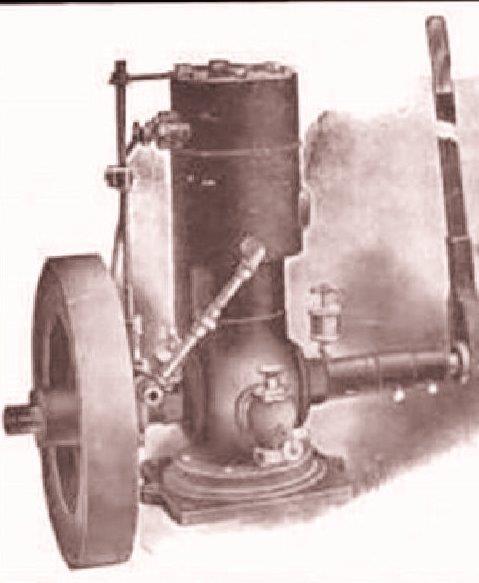
Photo 12: Ad showing engine similar to Photo 11
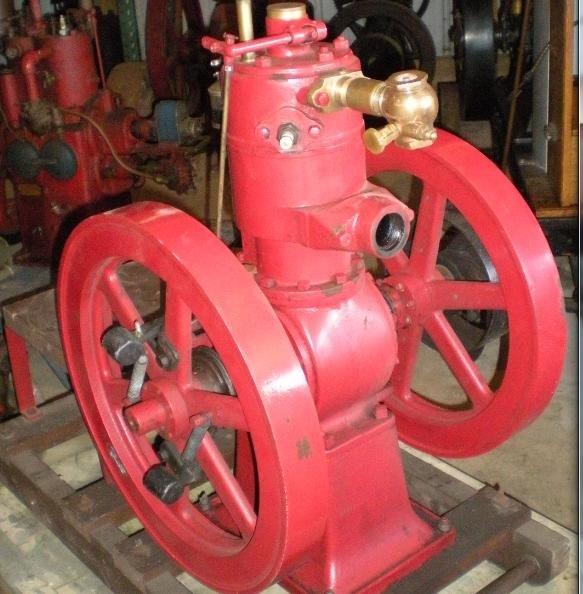
Photo 13: Two-cycle stationary engine
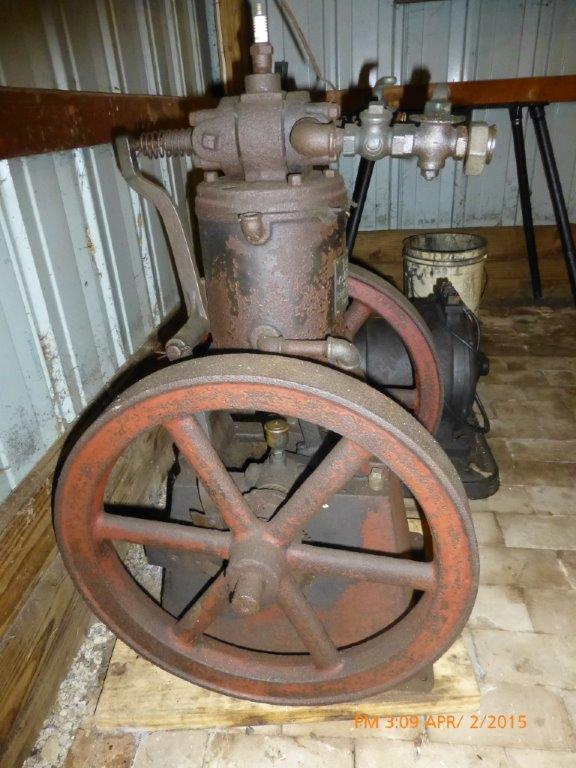
Photo 14: Two horsepower, four-cycle engine at CPM
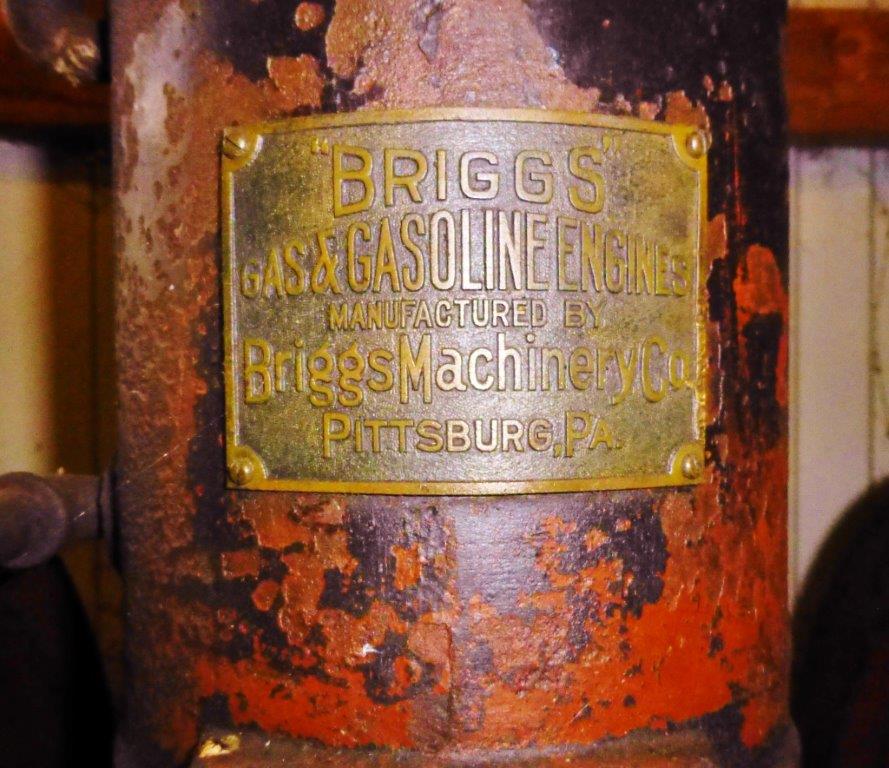
Photo 15: Nameplate of the engine in Photo 14

Photo 16: Mystery engine, similar to a Kowalsky
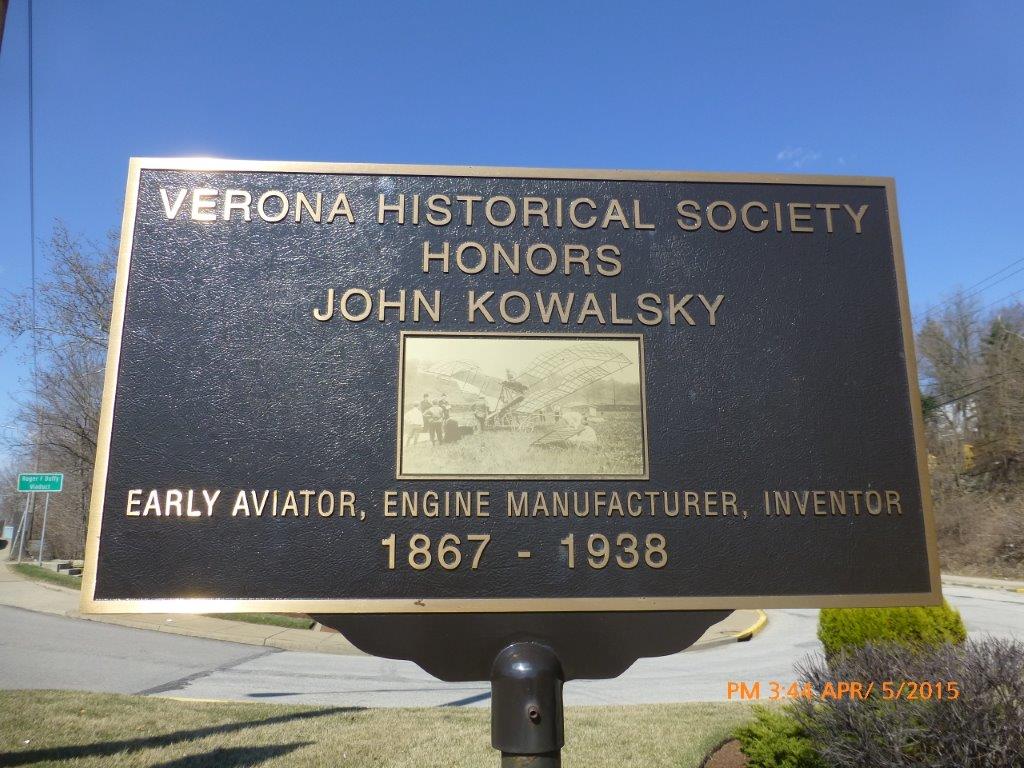
Photo 17: Verona's memorial to John Kowalsky
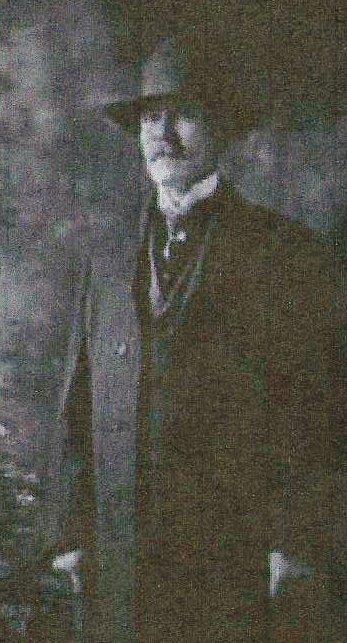
Photo 18: Portrait of John Kowalsky